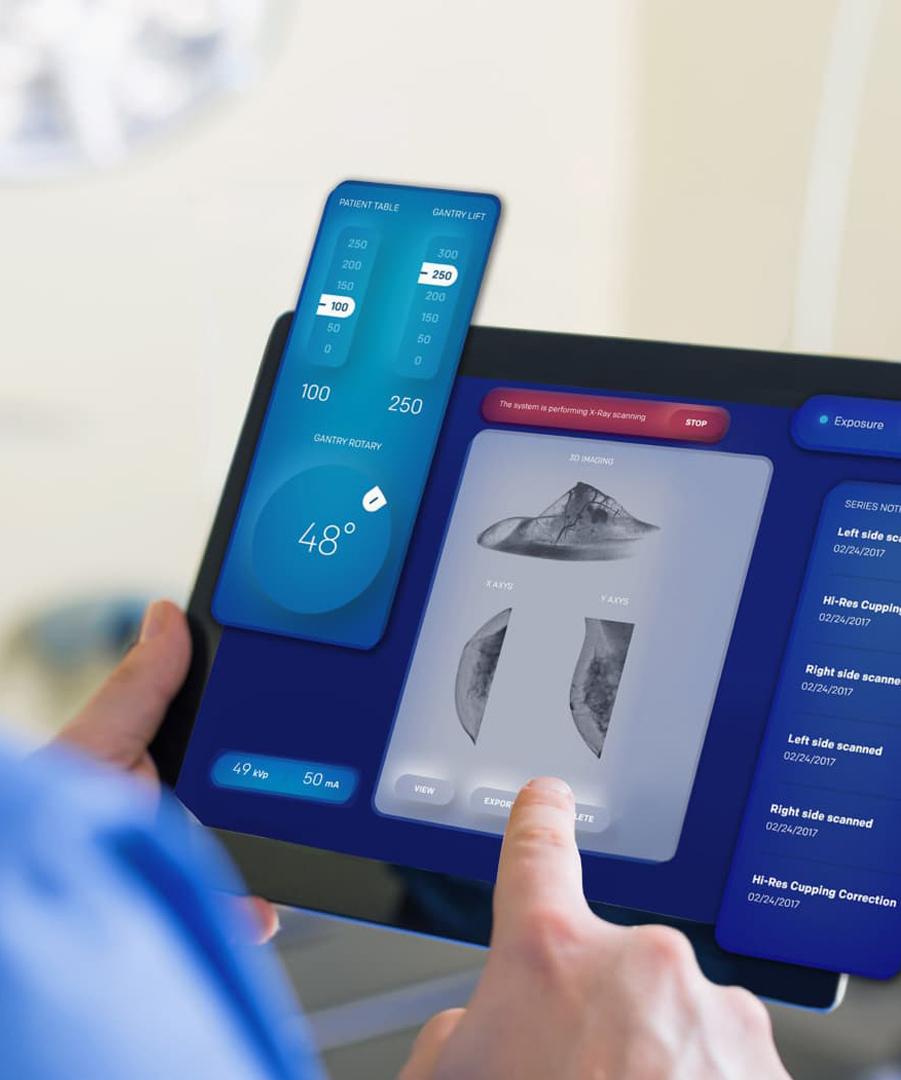


In the field of emergency rescue, ISUZU fire trucks have become a crucial choice for fire departments due to their reliable performance and efficient equipment configuration. Upon delivery, fire trucks come standard with a variety of firefighting tools designed for fire suppression, rescue operations, and disaster response. The design and layout of these tools are carefully optimized for real-world needs, ensuring firefighters can respond swiftly to various emergencies. This article provides a detailed introduction to the purposes of the standard equipment on ISUZU fire vehicles, helping users better understand their functional advantages.
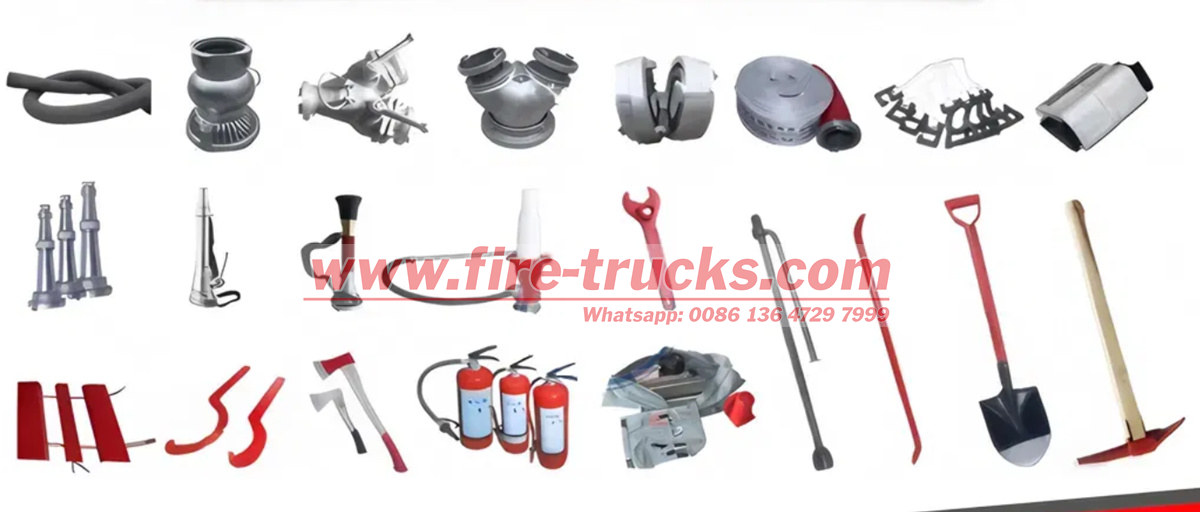
1. Suction Hose and Strainer: Ensuring Efficient Water Supply
The suction hose on an ISUZU fire engine is a critical component that connects the water pump to the water source, typically stored on the top of the vehicle for quick access. Its primary function is to draw water from open sources (such as rivers or ponds) or fire hydrants, providing a continuous water flow for firefighting. The strainer, used alongside the suction hose, prevents debris from entering the pump and clogging the system. Additionally, the strainer features a built-in check valve that prevents water leakage when the pump is temporarily stopped, ensuring rapid water resupply upon restart. This design significantly enhances the operational efficiency of ISUZU fire trucks in complex environments.

2. Water Distributor and Collector: Flexible Water Flow Control
The water distributor is a key standard component on fire trucks, primarily used to split the main hose line into multiple branches for multi-directional firefighting. Each outlet is equipped with an independent ball valve, allowing firefighters to control water flow precisely based on on-site conditions. Conversely, the collector (inverse Y-shaped adapter) combines multiple water streams into one, often used for relay water supply or drawing water from hydrants. By coordinating these two tools, ISUZU fire trucks can handle large-scale fires and long-distance water supply challenges, demonstrating their tactical adaptability.
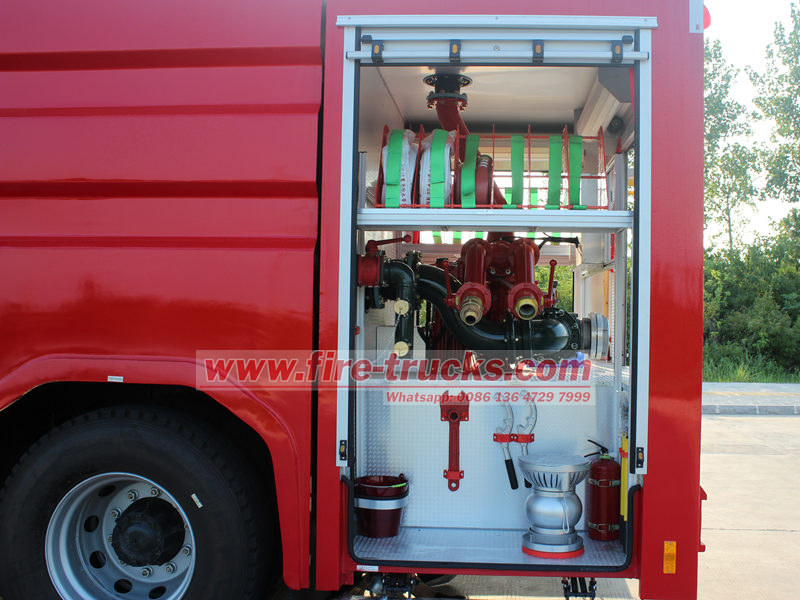
3. Reducer Adapter and Hose Repair Clamp: Practical Tools for Emergencies
During firefighting operations, mismatched hose diameters or ruptures are common issues. The reducer adapter on ISUZU fire tender trucks allows quick transitions between 80mm and 65mm hoses, ensuring seamless connections between different equipment. Meanwhile, the hose repair clamp is an emergency "lifesaver"—when a hose bursts, firefighters can wrap it around the leak to prevent further damage and minimize water pressure loss. These seemingly simple tools often play a critical role in maintaining the fire truck’s operational continuity.
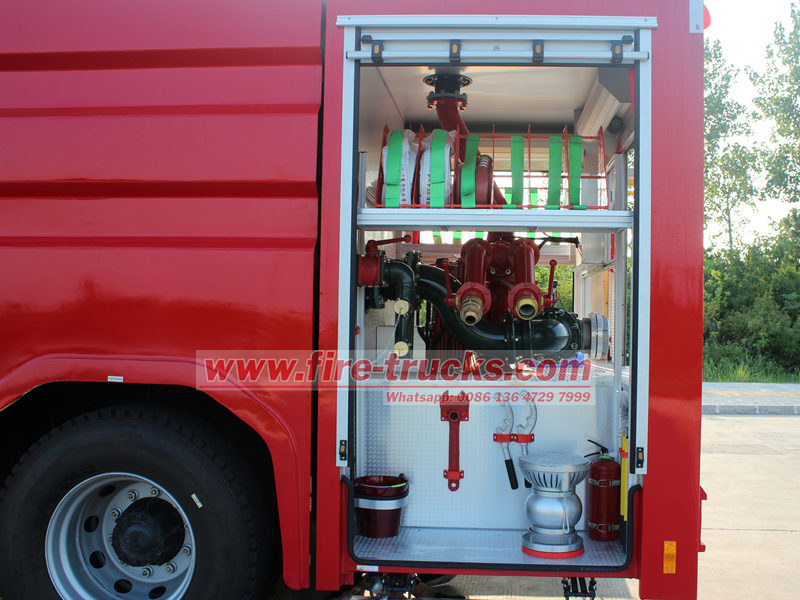
4. Medium-Pressure Hose and Foam System: Tackling High-Rise and Oil Fires
For high-rise buildings or long-distance firefighting scenarios, the medium-pressure hose on fire trucks significantly boosts water pressure, ensuring the stream reaches the target area. Additionally, the standard foam connection hose and foam nozzle tube provide specialized solutions for oil-based fires. When onboard foam runs low, firefighters can connect to external foam containers via the hose to extend the fire suppressant supply. This design highlights ISUZU fire fighting trucks’ technical superiority in handling special fire types.
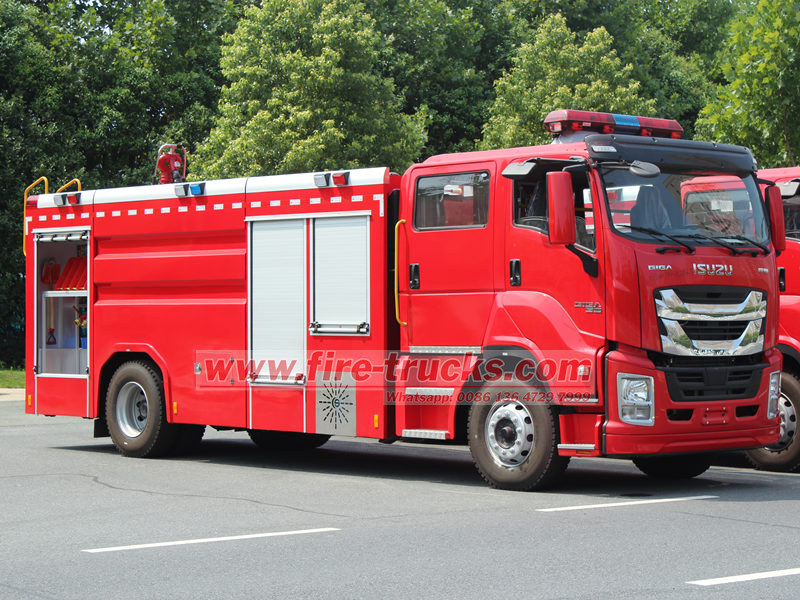
5. Hose Hook and Other Auxiliary Tools: Enhancing Operational Safety
Although small, the hose hook on fire trucks plays a vital role in elevated operations by securing hoses to ladder rungs, preventing firefighters from losing balance due to hose movement. Furthermore, auxiliary tools such as spare suction hose adapters and backup hoses are stored logically in the equipment compartment for quick access. These thoughtful details further enhance the user-friendliness and safety of ISUZU fire engine trucks.
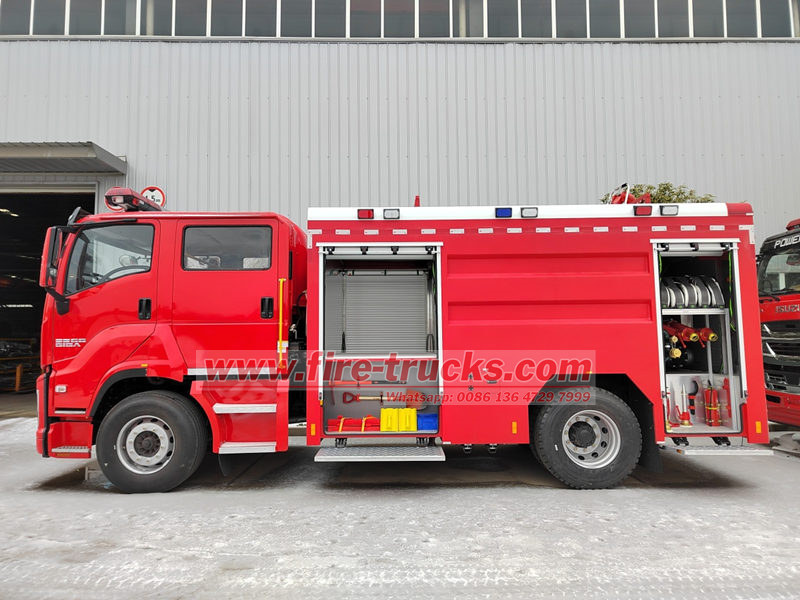
You may be interested in the following information